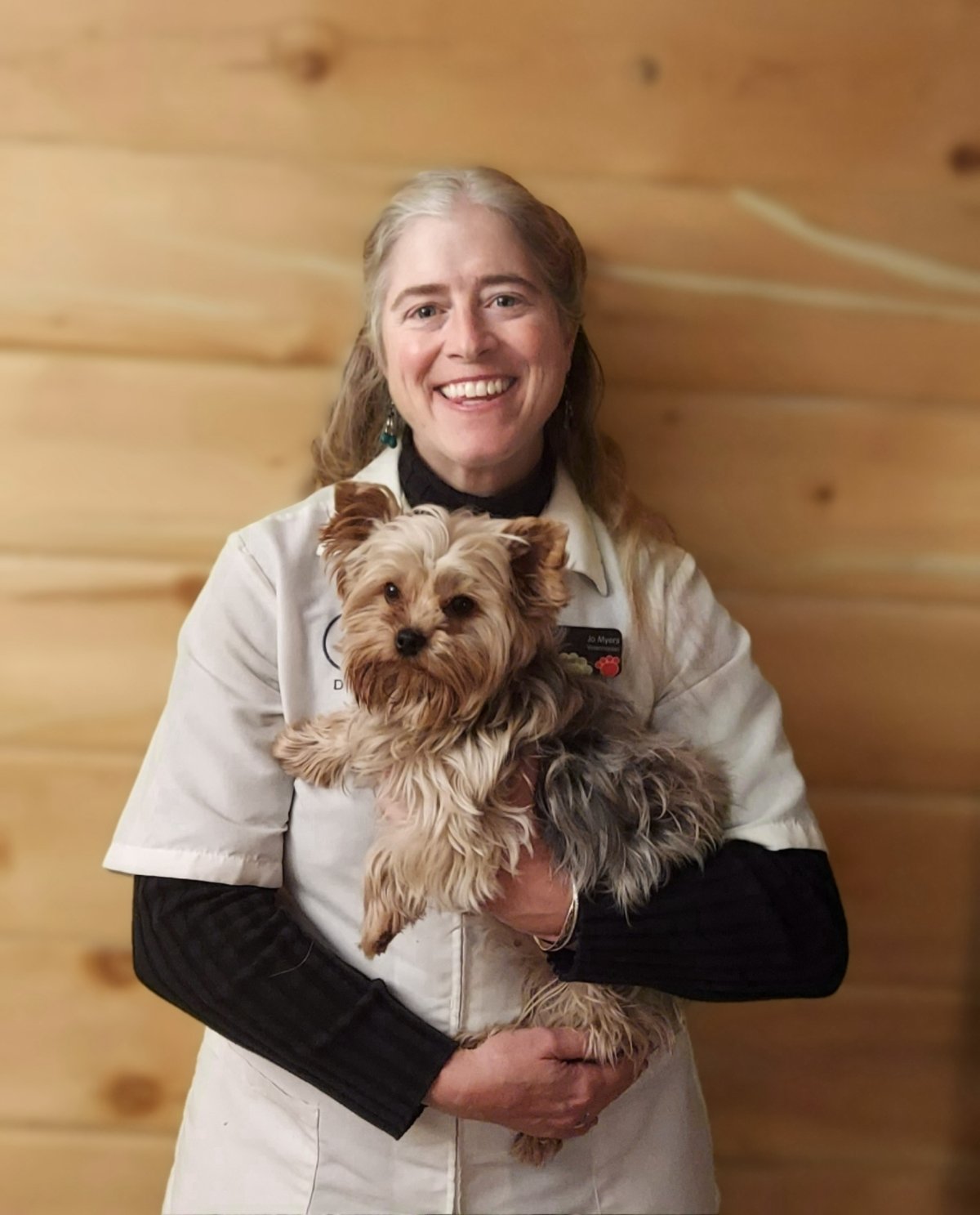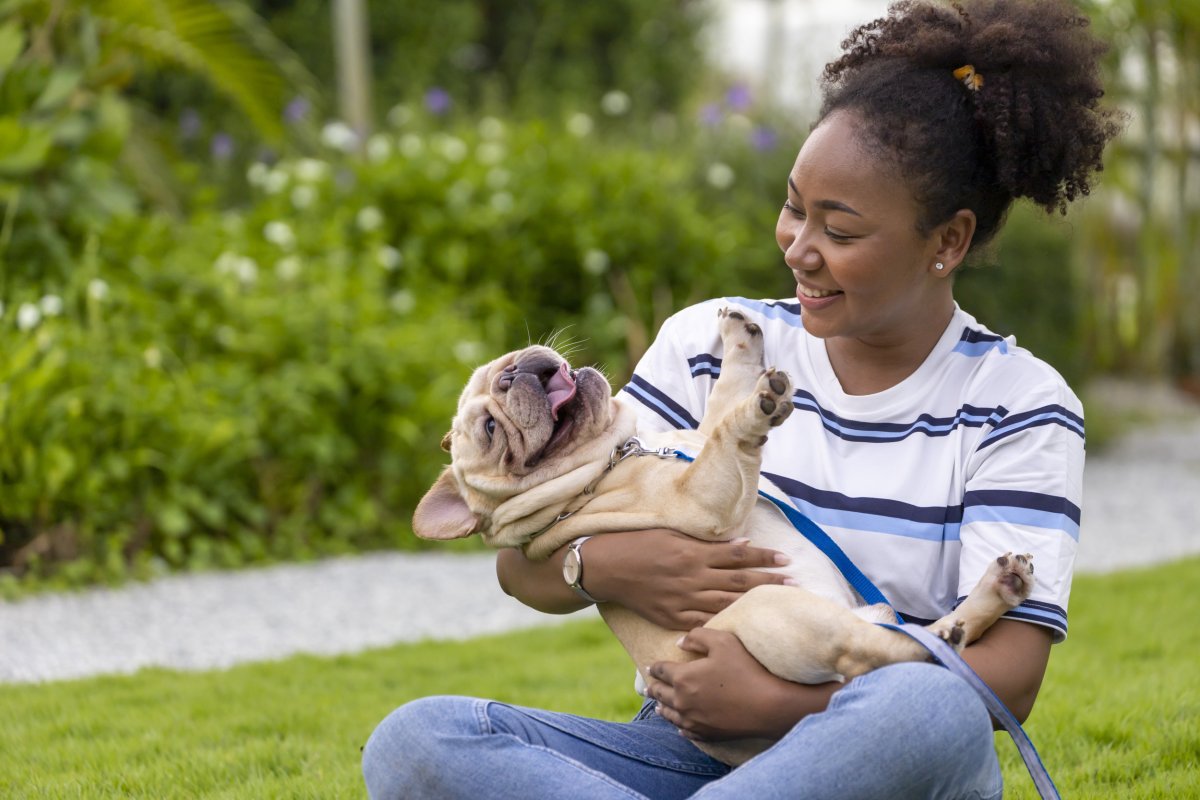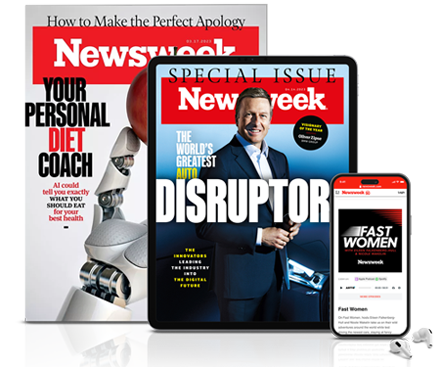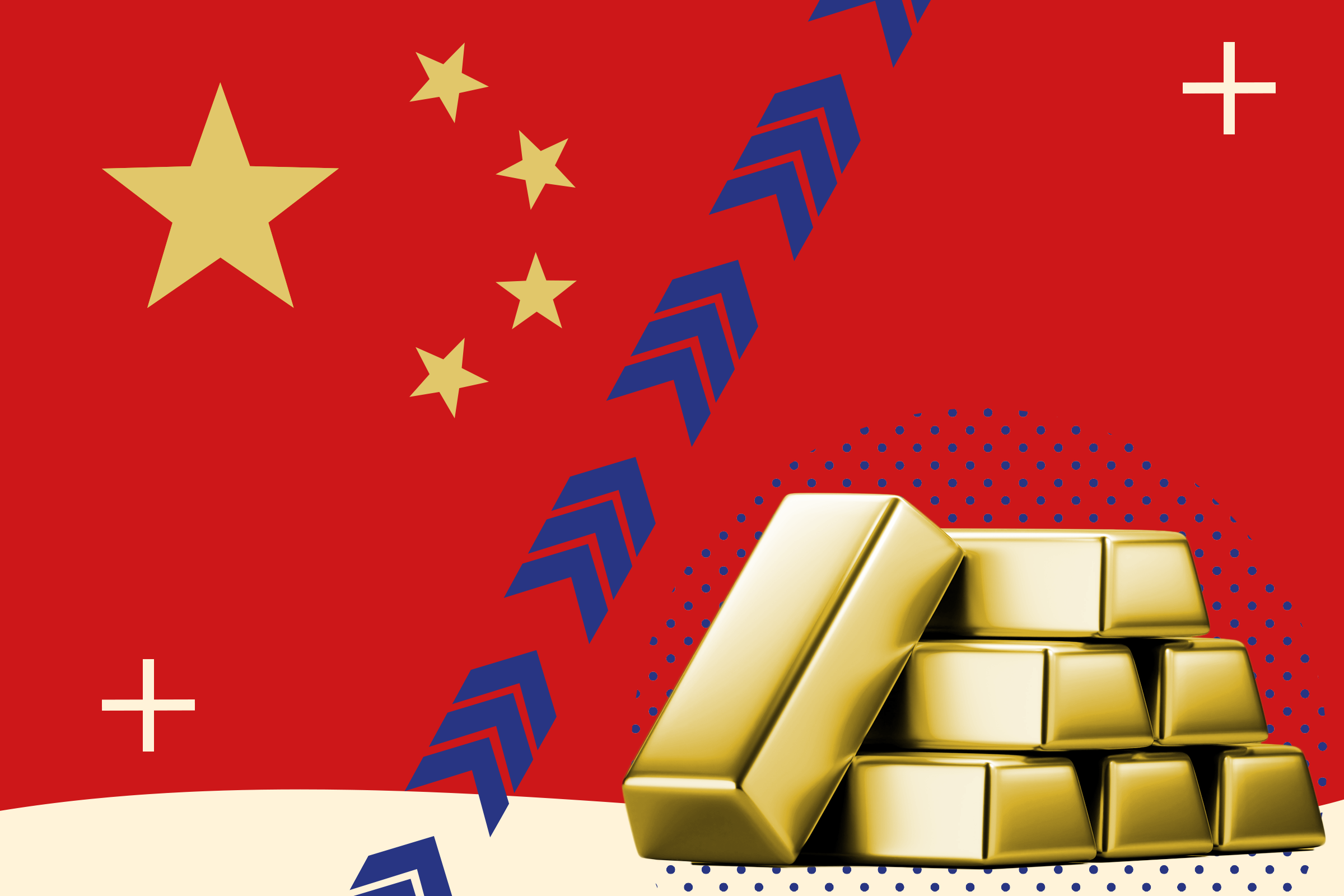It usually seems like dogs want attention in the most inconvenient of times, while you're in a Zoom call or when you're trying to hang the laundry out. When you're too busy to engage, it seems much easier to give them a few head scratches and then stop.
While you might think that your dog loves any kind of fuss and cuddles that you give them, Dr. Jo Myers, a veterinarian from Vetster, has explained how to work out your dog's favorite way to be petted.
"Dogs are no different from humans in having unique personalities, including preferences for how they like to be cuddled or touched," Dr. Myers told Newsweek. "When your dog leans into your hand and asks for more, you've found a sweet spot."
Whether you think you know your dog's favorite scratching spot already, or if you're yet to find out, it's important to follow your dog's signals and read their body language. They may not be able to talk, but dogs will show you how they're feeling.
"Most dogs are motivated to train their owners, so they do their best to make it clear when you're petting them their preferred way."

Scratches Are Always Welcome
Is there a better sight than your dog sprawled out on their back, enjoying some much-needed belly scratching? They certainly won't think there's anything to top that, as many pups love it when their owner scratches their hips, belly, or ears.
Dr. Myers continued: "If your dog rolls onto their back and moves their legs out of the way, you can bet they want a tummy rub. Some dogs appear to bliss out when massaged around their eyes and ears. If your dog points their nose towards the sky when you scratch under their chin, you can assume that's another favorite spot.
"The reason butt scratches are so popular is because it's a hard place for dogs (and cats) to reach on their own. More flexible pets can lick the area, but they can't get in there for a really deep scratch."
For perspective, Dr. Myers suggests thinking about that spot right between your shoulder blades which you can hardly reach.
Curling Up On Your Lap
Rather than a good scratch, some dogs might prefer to curl up on your lap for comfort instead. It's not only Chihuahuas who think they're lap dogs, as Great Danes may be giants but they're also big softies who vastly underestimate their size.
When it comes to sitting on your lap, Dr. Myers suggested that there could be a few different reasons they prefer this, ranging from the proximity it allows, or because they have anxious tendencies.

She continued: "Lap dogs often make nonstop efforts to remain in physical contact as they're bred for the job of providing human companionship. When a calm dog relaxes and lays on top of you, they are sending a message that says we are bonded members of our pack, and it shows they're comfortable with your proximity.
"Dogs who feel it's their job to keep an eye on their humans and their surroundings might find that doing this makes it easier to relax because they know they'll be alerted if you leave."
She said that anxious dogs can often become clingy, so climbing into their owner's lap or into their arms helps them to "find safety."

Not All Dogs Like To Cuddle
Have you ever felt so much affection for your pet that you just want to hold them and squeeze them tightly? What's usually guaranteed after sharing such a loving moment is that you discover they've chewed another one of your shoes and the affection starts to diminish.
Cuddling your dog is a loving gesture, but it's not necessarily as enjoyable for them as it is to us.
Dr. Myers said: "If your cuddle progresses to hugging, your dog may feel trapped and uncomfortable. Dogs have evolved to cuddle to conserve heat and demonstrate bonding, but they aren't naturally accustomed to hugging as a display of affection.
"Body language is fundamental to canine communication, so ensure your display of affection sends the right message by touching your dog only in ways they appear to enjoy. A happy dog will lean into the cuddle and ask for more."
If a dog isn't enjoying your hug, you might find that they stiffen up, pull away, or even snap at you as an instinctive response.

Picking Your Dog Up
People often like to say that owning a dog is like having a child, especially as so many smaller breeds enjoy being carried around like a baby.
"Feel free to pick up your dog if you can do it safely and the dog appears to enjoy it. Many dogs eagerly beg to be picked up, but others respond by getting stiff or trying to escape."
Picking the dog up is just meant to be a pleasant interaction, so if they aren't showing signs of interest or want to be left alone, it's vital that owners read the signs.
Do you have funny and adorable videos or pictures of your pet you want to share? Send them to life@newsweek.com with some details about your best friend and they could appear in our Pet of the Week lineup.
Uncommon Knowledge
Newsweek is committed to challenging conventional wisdom and finding connections in the search for common ground.
Newsweek is committed to challenging conventional wisdom and finding connections in the search for common ground.
About the writer
Alyce Collins is a Newsweek Life and Trends reporter based in Birmingham, U.K. with a focus on trending topics that... Read more
To read how Newsweek uses AI as a newsroom tool, Click here.







